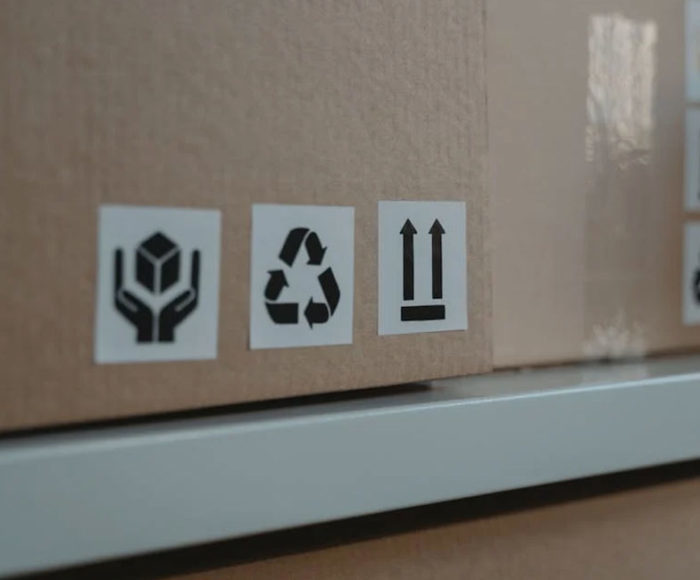The circular economy represents a transformative approach to economic growth that prioritizes sustainability, resource efficiency, and environmental health.
Unlike the traditional linear economy, which follows a “take, make, dispose” pattern, the circular economy aims to create a closed-loop system where resources are reused, recycled, and regenerated. This model offers numerous opportunities for companies to innovate, reduce costs, and enhance their competitive advantage.
Principles of the circular economy
The circular economy is based on three key principles: designing out waste and pollution, keeping products and materials in use, and regenerating natural systems. By adopting these principles, companies can create more sustainable and resilient business practices. This involves using renewable, recycled, or highly recyclable materials in production processes, extending the lifespan of products through repair and refurbishment, and utilizing renewable energy sources.
Companies can adopt various circular business models to support sustainability and drive growth, such as:
- Circular inputs: Using renewable, recycled, or highly recyclable materials in production processes reduces dependency on virgin resources and minimizes waste and pollution. For example, bio-based materials or recycled plastics can lower production costs and enhance sustainability.
- Product as a service: Offering products as a service encourages product longevity and efficient use, as businesses retain ownership and responsibility for maintenance and end-of-life management. Examples include leasing electronics or providing subscription-based access to equipment.
- Product use extension: Extending the lifespan of products through repair, refurbishment, and remanufacturing can reduce waste and resource consumption. Companies can create value by offering services that enhance product durability and performance, such as repair workshops or trade-in programs.
- Sharing economy: Facilitating the sharing of underutilized products can reduce demand for new items and optimize resource use. Businesses can develop platforms that enable peer-to-peer sharing or rental services, such as car-sharing or tool rental.
- Resource recovery: Recycling waste into secondary raw materials can divert waste from disposal and reduce the need for virgin resource extraction. Companies can invest in technologies that recover valuable materials from waste streams, such as metal recycling or composting organic waste.

Opportunities for companies in a circular economy
The circular economy offers several competitive advantages for companies. By reducing waste and optimizing resource use, companies can lower production costs and improve profitability. Efficient use of materials and energy can lead to significant savings over time. Embracing circular economy principles can drive innovation in product design, business models, and supply chains. Companies that adopt circular practices can differentiate themselves in the market and attract environmentally conscious consumers.
As governments increasingly promote sustainability, companies that align with circular economy principles can benefit from favorable regulations and incentives. This can include tax breaks, grants, and support for green initiatives. Demonstrating a commitment to sustainability can enhance a company’s brand reputation and build trust with customers. Companies that prioritize circular practices can position themselves as leaders in environmental stewardship.
To successfully transition to a circular economy, companies can employ several strategies, including:
- Collaboration: Partnering with other businesses, governments, and communities can facilitate the transition to a circular economy. Collaborative efforts can lead to shared resources, knowledge, and innovation.
- Technology and innovation: Investing in new technologies and innovative solutions can support circular practices. This includes advancements in recycling, renewable energy, and sustainable product design.
- Consumer engagement: Educating and engaging consumers about the benefits of circular products and services can drive demand and support sustainable practices. Companies can use marketing campaigns, product labeling, and customer incentives to promote circular economy principles.
Challenges and future outlook
While the circular economy offers numerous benefits, its implementation faces challenges such as changing consumer behavior, the difficulty of new technology and infrastructure development, and the question of aligning economic incentives with sustainability goals. However, with growing awareness and commitment from various stakeholders, the circular economy has the potential to become a mainstream development model that supports long-term sustainability and resilience.
|
by Doğan Erbek and STF Team |




